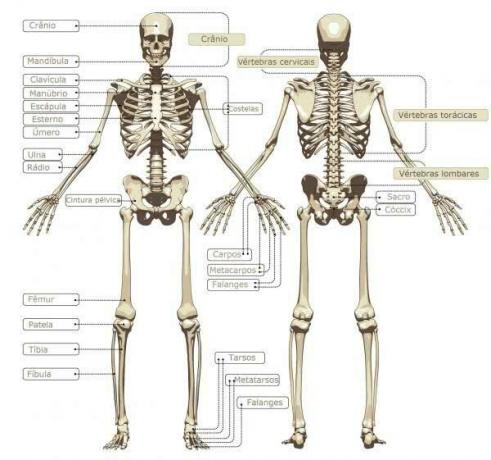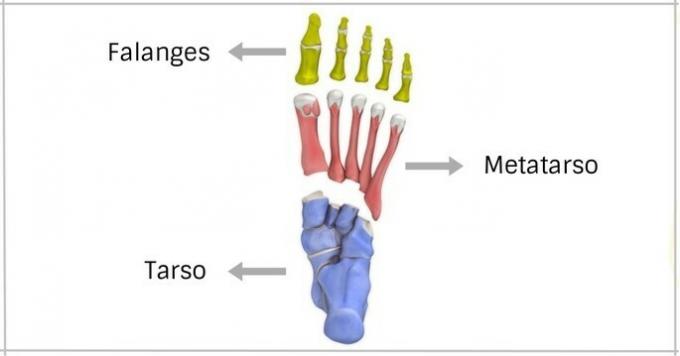It's called transplant the transfer through a surgical procedure of an organ or part of it, tissue or cells of a person, called donor, for another, call receiver. O transplant can also be called transplantation. In cases of cell or tissue transplantation, the donor and recipient can be the same person.
Unfortunately, many people wait on waiting lists for an organ, and some of them can't stand it and die before they have the chance for a transplant. Other people are very afraid of donating their organs, sometimes out of fear or mere ignorance of what this act can represent in the lives of thousands of people. It is very important to remember that organ donation does not only need to be done after brain death, it can also be done while still alive. For this to occur, it is important that several tests are performed, especially blood compatibility. Living people donate organs such as a kidney, part of the liver, pancreas or lung, or some tissue (such as bone marrow). A live donation is only made if this procedure does not represent any type of risk to the donor.
The donation of other organs can only be made when brain death is confirmed, but it is essential that before removing any organ, the family is consulted and oriented about this process.
Do not stop now... There's more after the advertising ;)
Organ transplantation cannot be done when donors have some clinical and laboratory contraindications such as malignant cancers, kidney failure, liver, cardiac, pulmonary, pancreatic or medullary, or even, when donors present infectious-contagious diseases, such as Chagas disease, hepatitis B and C, HIV, among others.
Many people can benefit from an organ transplant. For this, the would-be donor just needs to communicate his/her wish to his/her family.
There are three types of transplants, they are: o autoplastic transplant, O heteroplastic transplant it's the heterologous transplant.
O autoplastic transplant, also called autologous, is one that removes cells or tissues from an individual and transplants them to another location in the same individual's body. already the heteroplastic transplant is a type of transplant that transfers organs, tissues or cells from one individual to another different individual. At the heterologous transplant, organs and tissues are transplanted from one organism to another of a different species.
By Paula Louredo
Graduated in Biology
Would you like to reference this text in a school or academic work? Look:
MORAES, Paula Louredo. "Importance of Organ and Tissue Transplantation"; Brazil School. Available in: https://brasilescola.uol.com.br/biologia/transplante-orgaos-tecidos.htm. Accessed on June 28, 2021.



